fotogenik
TPF Noob!
Hello All,
I recently purchased an omni bounce flash diffuser for my SB600. I figured it would help me with a wedding I am shooting in the coming weeks.
Outdoor, in the evening with ffading light, I figure I am gonna need flash most of the time.
Anyway. I am not seeing a lot of difference in my shots with and without the diffuser and am curious what others have seen from them. It is a Stofen Omni-Bounce Diffuser and everyone I have spoken to about them just raves. Maybe I am not looking for the right thing but it just seems very unmodified to me other than a change in color temperature.
Here are two shots taken from the exact same spot with the exact same settings with and without the diffuser on my flash. Am I doing something wrong? Do I need to adjust my exposure?
1) With Diffuser

2) Without Diffuser

Anyone take a stab and tell me a correction for what I am seeing?
EXIF Data is attached to these files in case anyone wants to check the settings. White Balance was set for flash, Aperture Priority with an Aperture of 5.6, Focal Length was zoomed all the way in on my small zoomer lens at 80mm. Interestingly the shutter time was not recorded in exif but it was 1/60th.
No edits in PS other than resizing for display on the forum and this is full frame no crop. Flash was my SB600 and was not bounced, I aimed it directly forward.
Thanks,
I recently purchased an omni bounce flash diffuser for my SB600. I figured it would help me with a wedding I am shooting in the coming weeks.
Outdoor, in the evening with ffading light, I figure I am gonna need flash most of the time.
Anyway. I am not seeing a lot of difference in my shots with and without the diffuser and am curious what others have seen from them. It is a Stofen Omni-Bounce Diffuser and everyone I have spoken to about them just raves. Maybe I am not looking for the right thing but it just seems very unmodified to me other than a change in color temperature.
Here are two shots taken from the exact same spot with the exact same settings with and without the diffuser on my flash. Am I doing something wrong? Do I need to adjust my exposure?
1) With Diffuser

2) Without Diffuser

Anyone take a stab and tell me a correction for what I am seeing?
EXIF Data is attached to these files in case anyone wants to check the settings. White Balance was set for flash, Aperture Priority with an Aperture of 5.6, Focal Length was zoomed all the way in on my small zoomer lens at 80mm. Interestingly the shutter time was not recorded in exif but it was 1/60th.
No edits in PS other than resizing for display on the forum and this is full frame no crop. Flash was my SB600 and was not bounced, I aimed it directly forward.
Thanks,


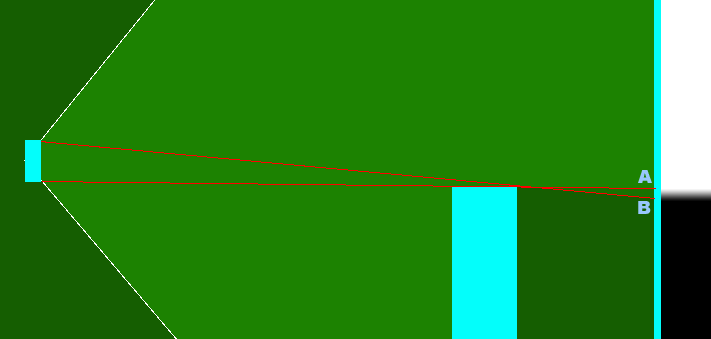
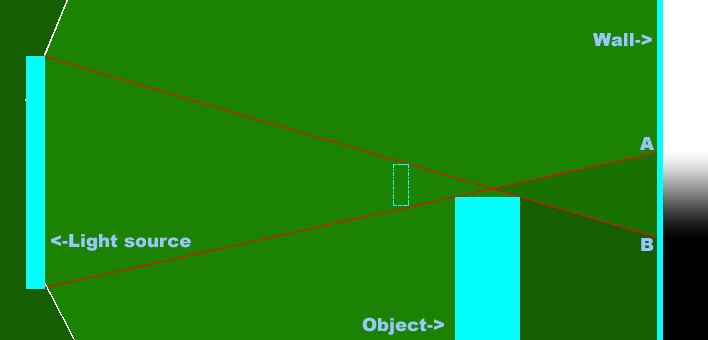
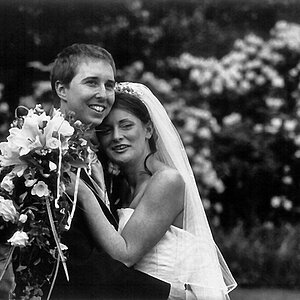
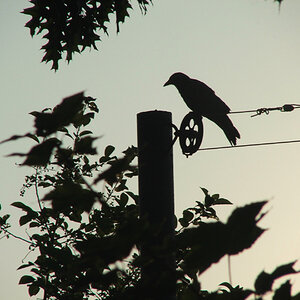
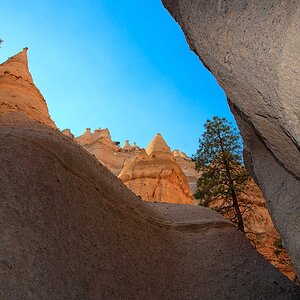
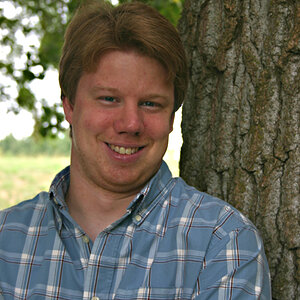
![[No title]](/data/xfmg/thumbnail/30/30890-45d8875af0c79f0f727d7d55132972b0.jpg?1619734501)
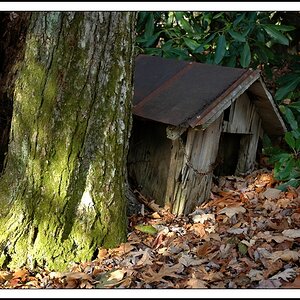

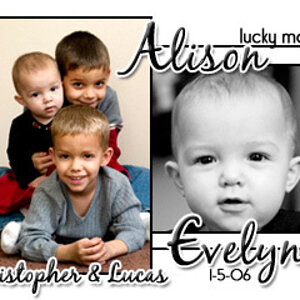
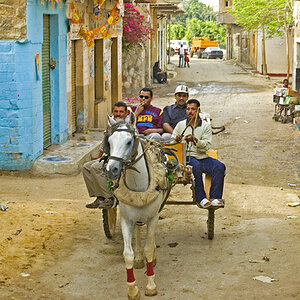
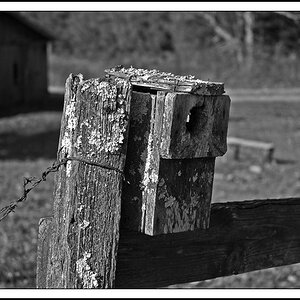
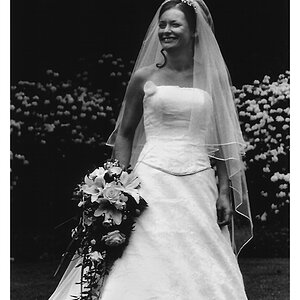
![[No title]](/data/xfmg/thumbnail/31/31011-439c1242fe08cf6b54f32bf06523a567.jpg?1619734567)